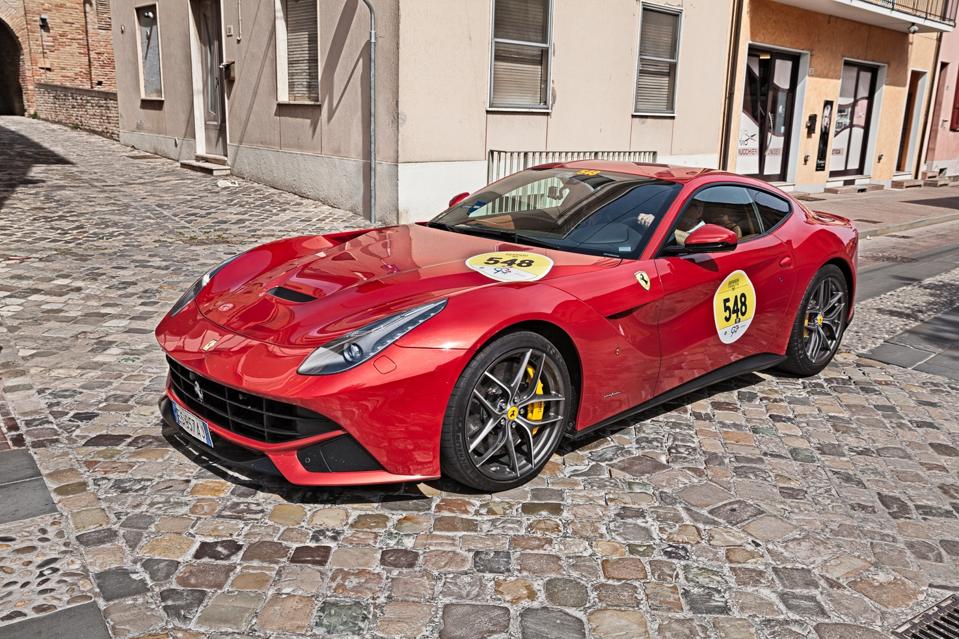Italian luxury sports car maker Ferrari’s U.S. sales and profits won’t be hurt very much by whatever new tariff regime President Donald Trump finally introduces, according to analysts.
Britain’s financially troubled Aston Martin, which generates one-third of its sales in the U.S., looks a bit more vulnerable. The U.S. accounts for about 25% of Ferrari sales.
The upcoming U.S. tariff regime changes, provisionally set at 25%, are being greeted often by commentators in Europe as Smoot-Hawley Act 2.1. This refers to tariffs introduced in 1930 which provoked a tit-for-tat global tariff war and stymied trade. This was said to have extended the Great Depression.
President Trump has said he wants to level the tariff playing field to stop what he calls unfair treatment of the U.S. by some trading partners. This 25% auto tariff plan is an opening gambit in his bid to change what he considers to be unfair trading by the likes of the European Union. He wants to fix the unfair current tariffs – U.S. 2.5% vs EU 10%. But he also wants to eliminate non-tariff barriers, often obscure bits of European legislation that discriminate against U.S. autos and a range of other products. This suggests that the talks will be long and complicated. The EU denies its tariffs are unfair.
For Ferrari the impact of a 25% tariff (compared with the current 2.5%) will be limited. HSBC Global Research pointed out that tariffs are based on imported value, not the ultimate sales price, “so more modest price increases broadly cover the margin hit”.
With the price of a Ferrari Purosangue SUV starting at around £315,000 ($408,000), these price hikes aren’t going to make much difference.
Investment bank UBS said increased U.S. tariffs will make a difference to Ferrari’s global profits, but so will foreign exchange headwinds and it cut its EBITDA (earnings before interest, tax, depreciation and amortization) forecast for 2025 by 0.8 of a percentage point to 37.7%.
Investment researcher Bernstein retained its “Outperform” rating for Ferrari and the $575 price target.
Ferrari’s profits rose to €2.56 billion ($2.67 billion) last year. That’s up modestly from 2023’s EBITDA of €2.28 billion ($2.37 billion).
Ferrari said its order book is full through 2026, and that all the production of 799 €3.6 million ($3.75 million) F80 supercars have been sold.
Aston Martin was forced into raising more money last month with $162 million from its chairman Lawrence Stroll and the sale of its stake in his Formula 1 team. This was to cover increasing losses and mitigate U.S. tariffs, according to Reuters. Stroll has pumped about £600 million ($777 million) into Aston Martin since he took over in 2020.
Stroll has increased his stake to 33% and is thinking about raising this to 35%. This prompted talk Stroll may be planning a takeover.
Aston Martin reported an adjusted pre-tax loss of £255.5 million ($330 million) for 2024, compared to a £171.8 million ($222 million) loss the previous year. The company faced reduced demand in key markets such as China.
Aston Martin has implemented cost-cutting measures, including a 5% reduction in its global workforce, aiming to save approximately £25 million, according to Reuters.

